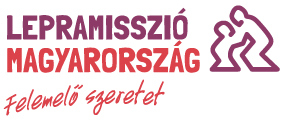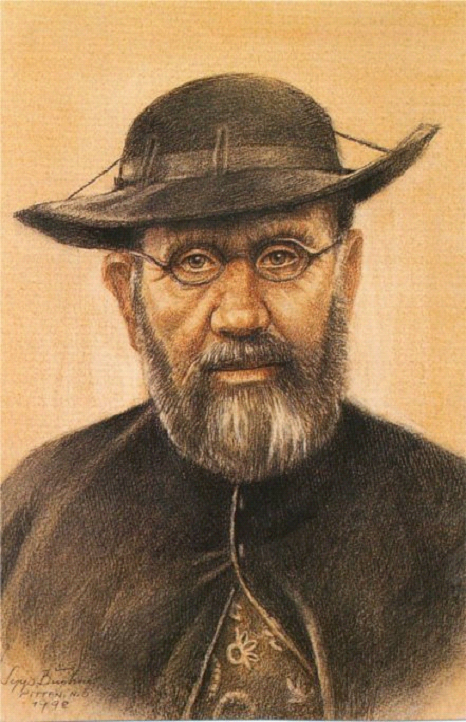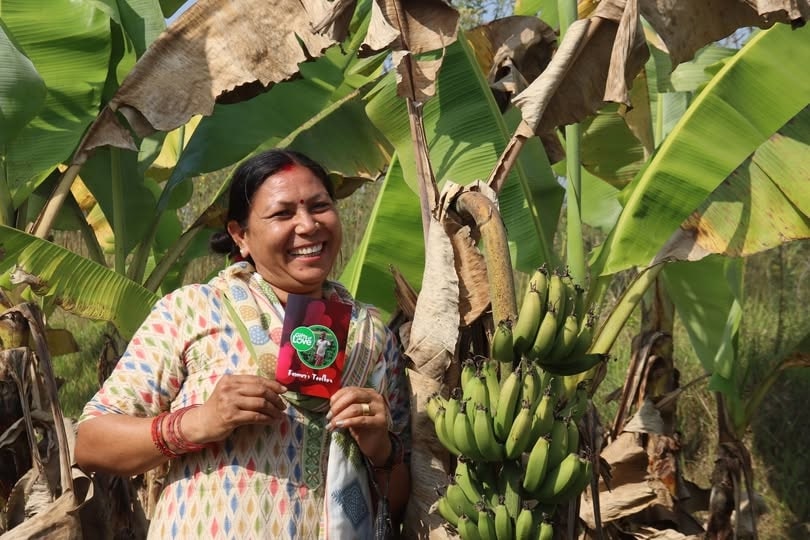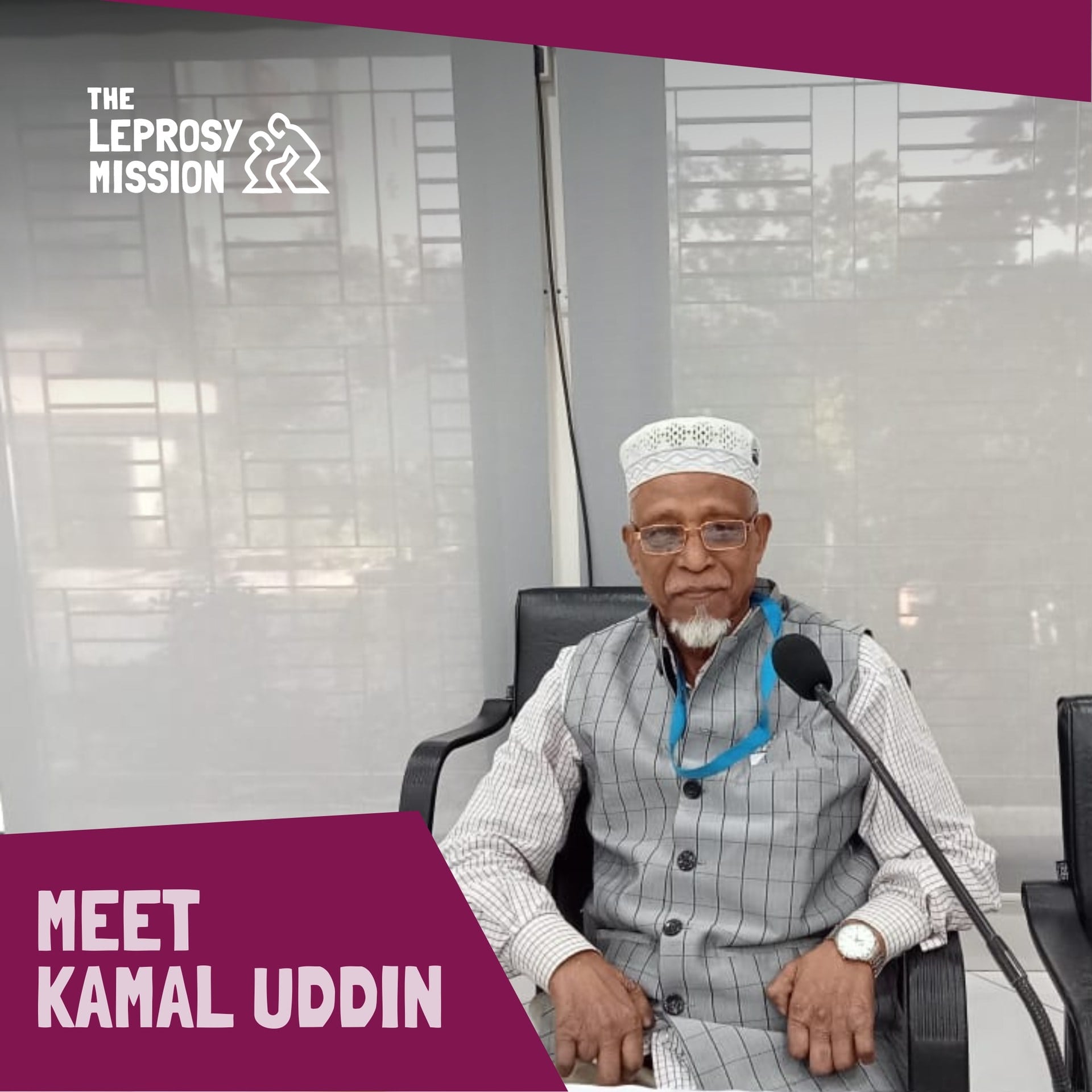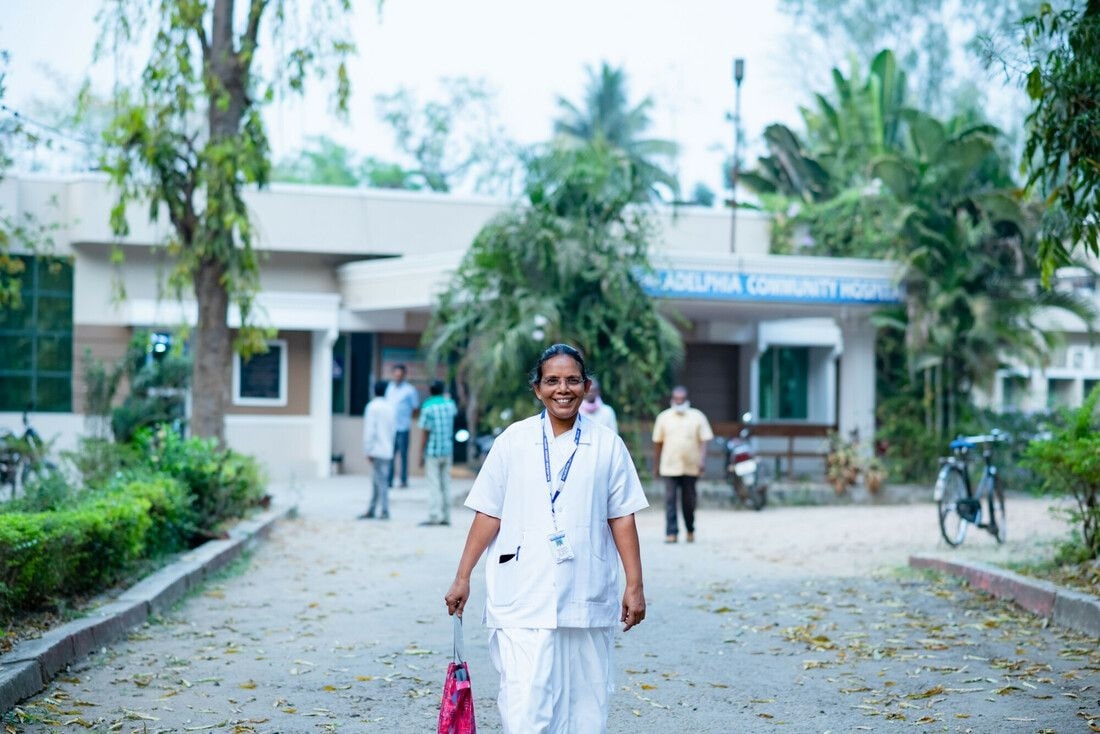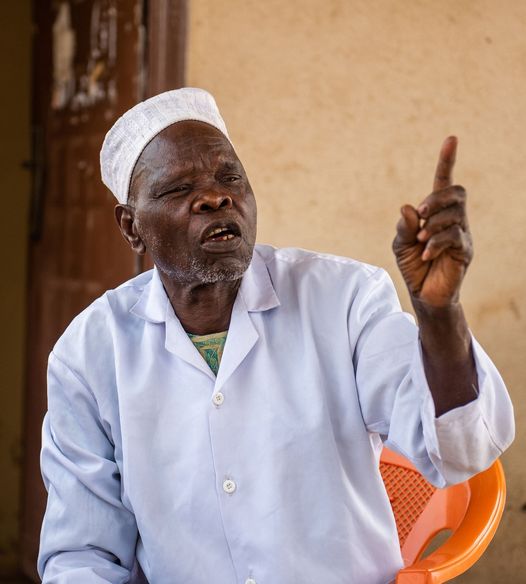Damien-Jozeph de Veuster (1840-1889)
If you're travelling to Molokai today, the top five things to do and see include a visit to Kalaupapa National Park, and on a donkey! From the breathtaking cliffs, you can get a magnificent view directly over the sea. Hawaiian tourist resorts recommend the island of Molokai for its fine white sandy beaches. But Molokai is also home to the largest rainforest in the Hawaiian Islands, covering 3 000 hectares.
But Molokai's name was far from attractive 150 years ago, for example. In the 1860s, when one heard the name Molokai, death immediately sprang to mind. This paradise on earth was a place of sickness, discrimination and death.
The prisoners of Molokai
The number of leprosy patients increased significantly in the mid-1800s. The Hawaiian government therefore decided to take drastic action: to prevent the disease from spreading rapidly, it established a separate area on the island of Molokai, where anyone showing even the slightest sign of leprosy was transferred. At that time, doctors did not know much about how someone could contract leprosy. So they resorted to the "good old-fashioned way": isolating patients immediately. This was the scene in Molokai. The first patients arrived on the island in 1866. They received very little food, no sanitation and even less medical care. Once on the island, their fate was sealed. From there they could not return.
On another island, Pune, also known as the "big island", a Belgian priest named Damien was tirelessly converting, baptising and teaching. Father Damien arrived in Hawaii in 1864. He put aside the rumours and the horror of his parishioners and visited the lepers. He was disturbed by what he found on the island of Molokai. The sick were languishing in old straw huts. Damien then became certain that he must continue his priestly ministry among them.
Strong ties
It seemed that God had prepared his way.In 1873 he wrote to one of his European superiors: "From here, too, many of our believers from Kohala had to go to Molokai because of illness. I feel it was God's will that I should follow my own believers to the island of Molokai, so that I might continue to shepherd them. I have served here for eight years, I have grown to love them, and now that they are being taken to Molokai because of their illness, I feel a strong bond with them and I don't want to cut that bond of love."
It was only later that Damien saw the reality of the leper colony, and the news reached his bishop. There was no law in the leper colony, the people lived without any order or hope, without anything to occupy them. Moreover, almost nobody cared about their physical or spiritual needs. The Prime Minister wrote in the Hawaiian press, "If there were a noble soul, a priest or a sister, who would feel the impulse to go among these monsters and give his life, he would shine forever in the royal light of human love!"
This is how Damien was inspired to go to Molokai as a priest in 1873. Originally he was only sent by his bishop for 3 months. It was planned that he would then be replaced by another priest for another three months.
Shocking conditions
What Damien experienced in reality was a complete shock. There was no drinking water, people lived in huts made from twigs and leaves, the dead lay unburied. They received no medical help at all. If a doctor did venture onto the island, he refused to go anywhere near the sick. The children wandered aimlessly, unsupervised, untaught and unloved.
Damien began to write begging letters to his church superiors for permission to stay as long as he needed. In one letter he wrote: "You know my situation. I wish to sacrifice myself for these unfortunate lepers. The harvest is ripe here."
An enthusiastic workforce
He was given permission to stay. In effect, he exiled himself to the island. Damian's enthusiasm and self-sacrifice were quite different from the overwhelming resignation that characterised the islanders. He began to work. He wrote letters to his superiors asking for food and wood. He built schools and churches, houses and hospitals. He taught, dug graves, nursed and ministered. Gradually, the island, once the home of the hopeless and pitifully unfortunate, came to life: the fields were cultivated, flowers were planted and a tidy little hospital opened its doors.
It was a year ago in Molokain when Damien began one of his sermons with, "We lepers..."
The congregation was shocked, as he looked perfectly healthy. But he explained to them that a person can be sick inside: lonely, scarred, abandoned. In this way, he wanted to reassure them that they were not alone, that he felt with them, that he was with them.
A significant year
It wasn't just Damien who was changed by leprosy. 1873 was also a landmark year in the history of leprosy: Armauer Hansen, a Norwegian doctor, had been examining samples from leprosy patients under his microscope for years. Finally, in 1873, he discovered the causative agent of leprosy: mycobacterium leprae. He was the first to link the disease to its causative agent.
And thousands of miles away from Molokai, a young Irishman and his wife returned home to Ireland from India at the same time, with a desire in their hearts to help all those suffering there: the crippled, the blind, the discarded, the destitute. Wellesley and Alice Bailey knew firmly that they must do something for the lepers of the world! In 1873 they began to talk about it, about lepers, about misery. And a year later, in 1874, the Lepers' Mission, now the Lepramis Mission, was born under their hands.
Meanwhile, on the island of Molokai, Damien had put aside his bishop's order not to touch the sick. He hugged them, ate with them, washed and dressed their wounds. He realised how important touch was in the lives of lepers, who had never been touched. The more he touched them, the more they accepted him as their priest. He was not afraid to kiss them, something that had not happened to them for perhaps decades!
Over the years, news of Damien's work has become more and more widespread. High profile visitors came to the island, including members of the Hawaiian royal family. From the island of Hawaii to America, and from there to Europe: what the priest does on the island of the abandoned. And Damien never missed an opportunity not to talk about his new parish and its parishioners. Slowly, many people began to donate to Damien's cause. In the UK, an Anglican priest started a collection through the Times.
In December 1884, he found out that he too had leprosy. After his tour of the island, he was taken with a severe attack of nausea. He sought relief in a hot footbath. Without paying attention, he dipped his swollen feet into the hot water. Only when he scalded his hands did he notice that his feet remained numb, one of the surest signs of leprosy. The certainty had such an effect on him that he shivered, as if a violent fever were raging through him. Again and again the dread came over him. It took him a long time to overcome himself, and he was able to write this letter to his brother Pamphilius: "You know that the Saviour chose me when he allowed the leprosy to reach me. I will be eternally grateful to God for this favour. Sickness is guiding my life's journey... faster to my heavenly home. It is in this hope that I take up my cross. Please help me with your prayers that I may have the strength to persevere and reach the summit of Mount Calvary."
He died on the night of 15 April 1889. Lepers buried him under a tall tree under which Damien spent his first night on Molokai. His tombstone reads, "In devout memory of the venerable Father Damien De Veuster, who died a martyr."
In 1936, Father Damien's body was repatriated by his native country and buried in the Catholic university town of Leeuwen.
Father Damien, the great benefactor of leprosy patients, was canonised by the Catholic Church on 11 October 2009.
May his memory be blessed!
